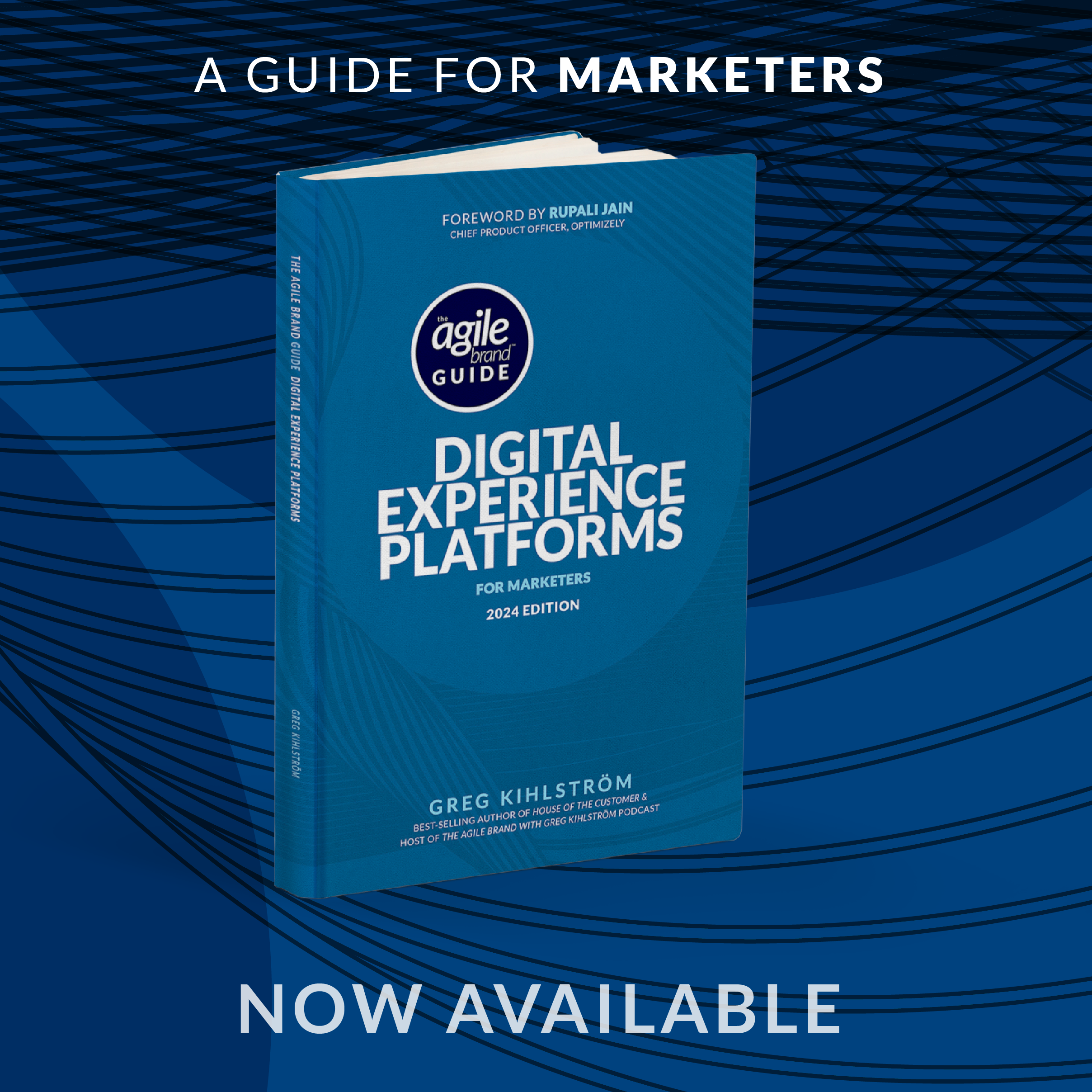As marketers, we’re constantly seeking insights into the behaviors of our customers to help us drive marketing strategies. This includes analyzing the effectiveness of our marketing channels to determine where to allocate our resources. However, relying on a single marketing channel for measurement can present significant challenges in understanding the full picture of a customer’s multi-channel journey.
Let’s explore the reasons why relying on just one channel can be problematic, and offer solutions to better measure customer behavior across all channels.
The first challenge with relying on a single marketing channel for measurement is that it only captures a portion of the customer journey. With the rise of multi-channel marketing, it’s common for a customer to engage with your brand across many touchpoints before converting. For example, a customer may see a Facebook ad, research on Google, visit your website, and then make the purchase in-store. If we only measure the performance of one channel, we miss out on all the other touchpoints that contributed to the conversion. To overcome this, marketers need to invest in technology that can track customers across all channels and devices.
The second challenge with relying on a single marketing channel for measurement is that it can lead to incorrect assumptions about customer behavior. For instance, a customer may click on a Google ad and then return to your website a few times before making a purchase. If we measure the effectiveness of the Google ad based on a last-click attribution model, we might assume that the ad was more effective than it actually was. To address this, it’s important to understand how customers interact with each channel and their sequence of touchpoints, as well as to use a multi-touch attribution model that can give credit to all channels that contributed to the conversion.
The third challenge with relying on a single marketing channel for measurement is that it can result in missed opportunities to optimize marketing strategies. For instance, if we see that a particular channel is driving the most conversions, we may be inclined to invest all our resources in that channel. However, this could mean that we miss out on other channels that are contributing to the customer journey. By measuring across all channels, we can identify areas of opportunity to optimize our marketing mix and maximize impact.
The fourth challenge with relying on a single marketing channel for measurement is that it can obscure the long-term impact of marketing efforts. For example, a customer who clicked on a Facebook ad may not convert right away, but they may still interact with your brand across other channels before ultimately making a purchase. If we only measure the effectiveness of the Facebook ad, we may not give credit to the other touchpoints that contributed to the conversion. By measuring across all channels and tracking the entire customer journey, we can capture the full impact of our marketing efforts over time.
Marketers need to recognize that relying on a single marketing channel for measurement can present significant challenges in understanding the full picture of a customer’s multi-channel journey. To overcome these challenges, we need to invest in technology that can track customers across all channels and devices, understand how customers interact with each channel, use a multi-touch attribution model that can give credit to all channels that contributed to the conversion, identify areas of opportunity to optimize our marketing mix and maximize impact, and capture the full impact of our marketing efforts over time. By doing so, we can gain insights into the behaviors of our customers and drive marketing strategies that truly engage and connect with them.
Original Source: GK5A Blog Read More







